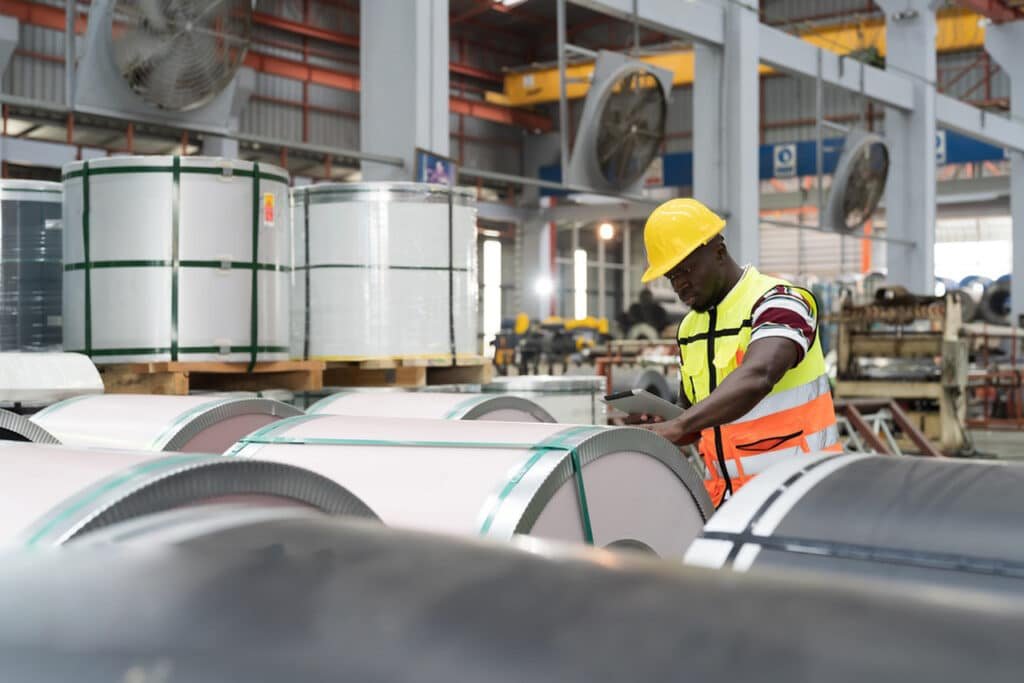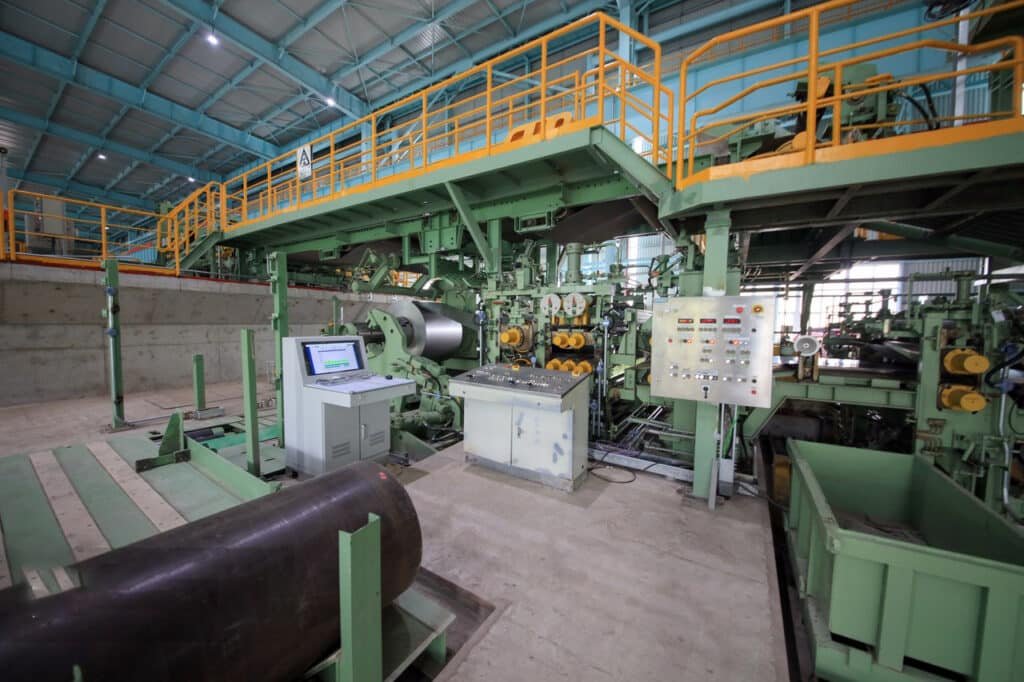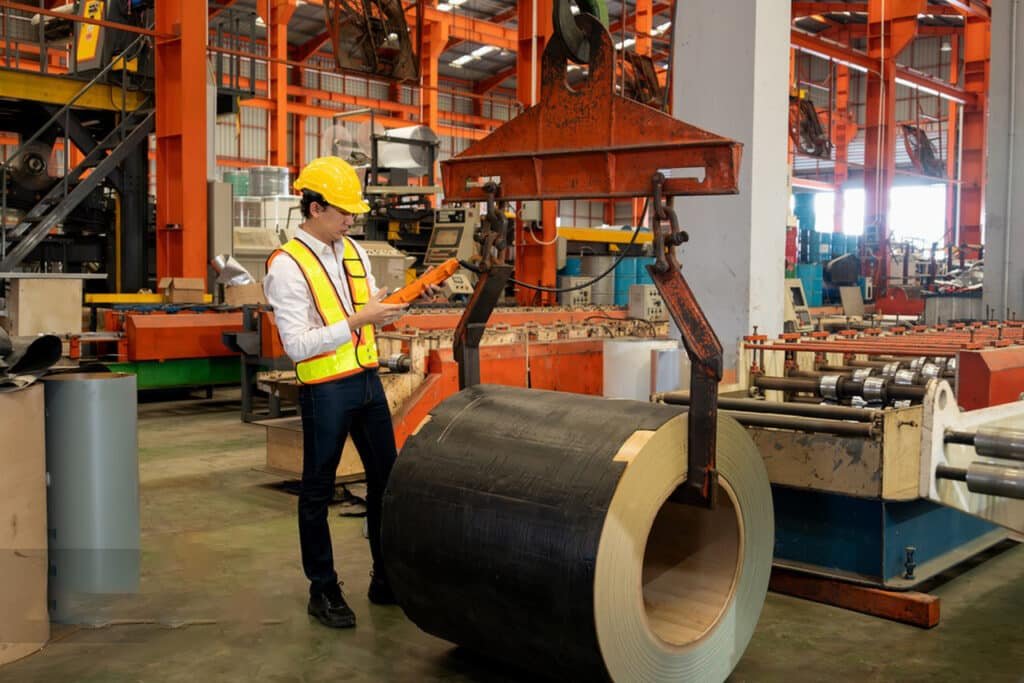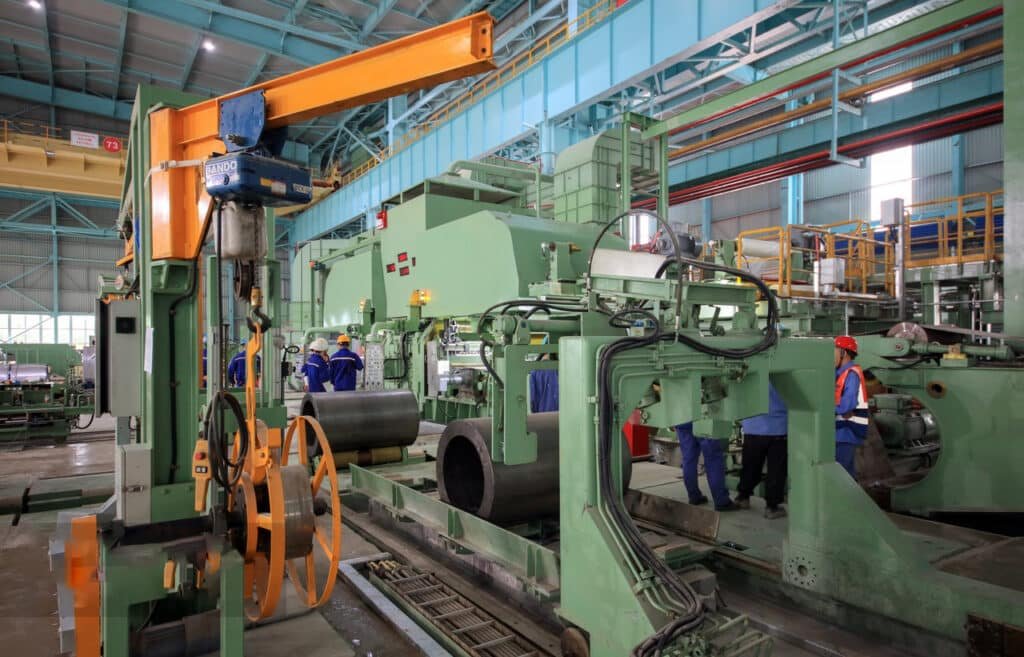What Is Precipitation Hardening Stainless Steel?

In my years of steel manufacturing, I’ve noticed many clients struggling to find materials that combine strength with corrosion resistance. Precipitation hardening stainless steel1 solves this challenge elegantly. Precipitation hardening stainless steel is a specialized alloy that undergoes controlled heat treatment to achieve exceptional strength and hardness while maintaining corrosion resistance. This unique material combines […]
What Is 430 Stainless Steel Pipe?

After years of manufacturing various stainless steel grades, I’ve noticed increasing interest in 430 grade pipes, particularly from clients seeking cost-effective alternatives to traditional austenitic grades. Grade 430 stainless steel pipe is a ferritic chromium steel1 containing 16-18% chromium without nickel, offering good corrosion resistance and formability at a lower cost than austenitic grades like […]
What Is the Difference Between Polished and Brushed Stainless Steel Sheets?

After years of manufacturing both polished and brushed stainless steel finishes, I’ve noticed that clients often struggle to choose between these two popular surface treatments. Each finish offers distinct advantages that can significantly impact the final application. Polished stainless steel sheets feature a mirror-like reflective surface1 achieved through progressive grinding and buffing, while brushed finishes […]
What Is the Maximum Thickness of Stainless Steel Coils?

In my years managing stainless steel production, I’ve seen numerous clients struggle with thickness limitations, often discovering too late that their desired thickness exceeds manufacturing capabilities or practical handling limits. The maximum thickness for stainless steel coils typically ranges from 12mm to 14mm1, depending on mill capabilities and grade specifications. However, practical considerations often limit […]
What Is Austenitic Stainless Steel?

After 15 years of manufacturing stainless steel products, I’ve found that austenitic grades consistently demonstrate superior corrosion resistance and excellent formability across diverse applications. Austenitic stainless steel is the most widely used stainless steel family, characterized by its face-centered cubic crystal structure1. These non-magnetic steels typically contain 16-26% chromium and 6-22% nickel, offering excellent corrosion […]
What Are the Common Grades of Stainless Steel Pipes?

After 15 years in stainless steel manufacturing, I’ve seen countless clients struggle with selecting the right pipe grade, often resulting in costly material failures and project delays. Stainless steel pipes commonly come in grades 304/304L, 316/316L, 321, 409, 410, and duplex grades like 22051. Each grade offers distinct properties suitable for specific applications and environments. […]
